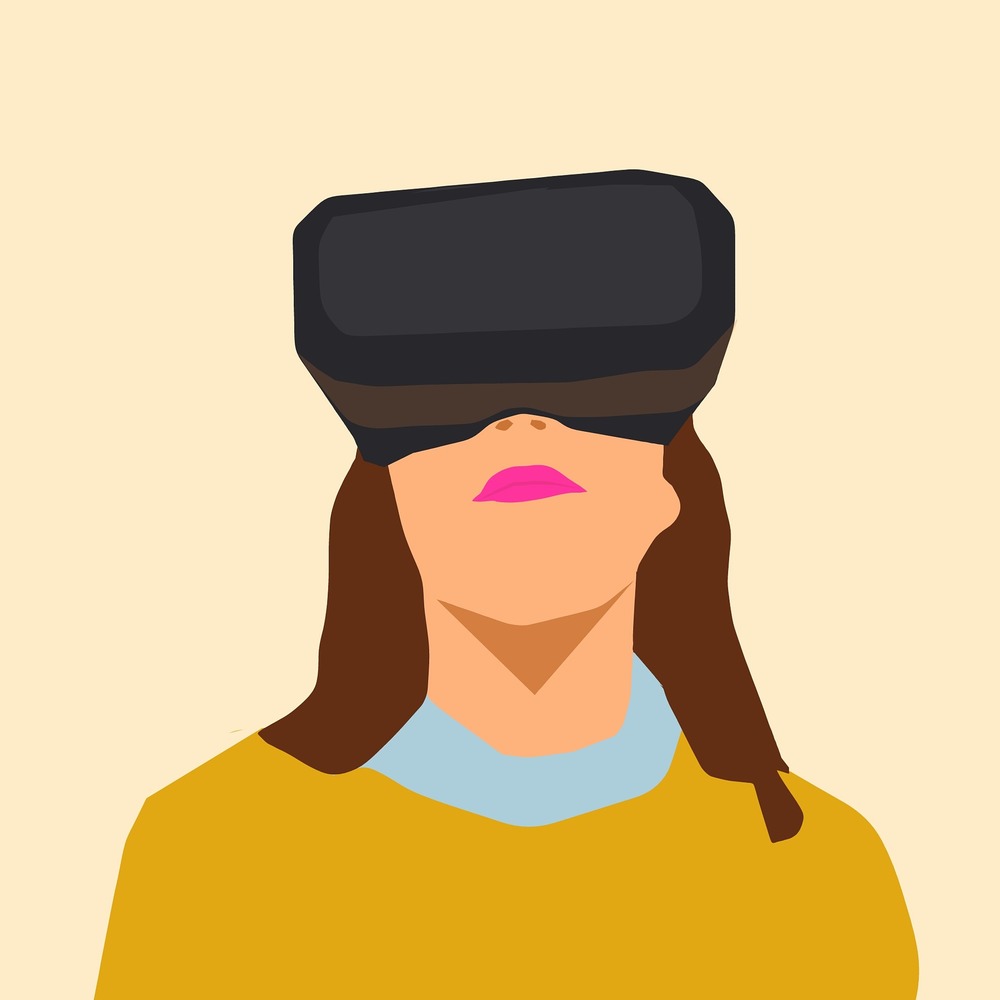This article is part of a blog series on immersive technologies, exploring how they are changing the way we do business in the construction industry.
Immersive technologies are using new concepts in the construction industry. In this article, we will explore the pros and cons of these technologies to help you understand why they should be adopted to stay competitive in this tough market environment.
There are numerous industry challenges that immersive technologies can mitigate. Here are a few examples of the risks:
To overcome these issues you can introduce augmented and virtual realities (AR/VR) in your processes and safety training courses to improve the quality of your constructions and safety.
A VR simulation can reduce the number of accidents by demonstrating dangerous circumstances in a safe environment, raising employee awareness, and giving them the opportunity to learn how to act safely and confidently when an emergency happens in the real world to help you save lives.
Augmented and mixed reality (AR/MR) can help avoid human errors that cost money. Low-qualified staff can, in the virtual environment, rehearse how to perform any task, safely and in the correct way, reducing the number of potential mistakes in real-world situations.
A digital model of a building design is made of:
Navigating and visualizing these structures on a computer, even in 3D, does not allow construction professionals to appreciate the spatial environment. With AR applications you can superimpose images from CAD or Building Information Modeling (BIM) programs onto the existing environment, creating a blended augmented image. You can then:
Using VR and AR you can walk your clients around the neighborhood and see virtually what the construction looks like before it is built, so they can tell you if they would want something to be changed before you start building, avoiding unnecessary waste and costly reworks.
Some company owners still hesitate to implement AR/VR/MR technologies despite the fact that the newest AR/VR technologies can cut building costs by up to 90% and save the construction industry up to $15.8 billion through preventing mistakes caused by insufficient or inaccurate data.

Immersive technologies have a lot of potential but are not widely adopted yet. Let's see what their benefits and challenges are.
Introducing immersive technology takes BIM to the next level. People can walk around a building that has yet to be built. It provides:
Immersive technology like 3D interior designs, 3D visualization, and virtual apartment tours showcase buildings in an interactive, effective, and convenient way. It stimulates sales significantly since clients:
As in all business situations, benefits are associated with some limitations. In the case of immersive technologies you should consider the following challenges:
These pitfalls may prevent you from investing in the technology. Fortunately, the open-source mobile toolkit cost is decreasing, allowing small-to-medium businesses to get a reasonable Return on Investment.

With AR apps you can visualize and describe the outside world:
You can then easily make changes before, during, and after the project. For example floor plans designed in BIM and interfacing with AR applications have been in use since 2016.
Increased demand for building efficiency, and pressure on architects and designers to identify issues early, justify the use of VR to review your designs.
A BIM model uploaded in immersive VR headsets helps architects and designers to get a sense of space before the building physically exists, helping them to spot errors early and construct better quality buildings.
VR also allows you to make a more compelling case when bidding for a new project taking all stakeholders on a virtual tour of the future space.
Project planning/preparation
BIM combined with immersive technology can help you to have an interactive model of a construction project to show it to clients from the outset of a project so you will be in alignment with your clients.
Understanding data
Immersive technology can help users to access and visualize:
For example, you can increase your productivity with HoloLens by displaying the physical dimensions of space, including them in BIM for accurate visualization and improving the quality by reducing the cost of the construction process.
Streamlining processes
AR/VR technology can streamline efficiency and improve team collaboration during a project. AR and VR models can now be rapidly and easily shared across the team regardless of location.
For instance, you can view 3D models of physical environments on your smartphone or tablet and optimize BIM models by getting data from IoT sensors in real-time.
Improving safety
Safety should be your number one priority to consider whilst building a quality asset.
For instance, using immersive technologies you can build digital prototypes at minimum costs to mitigate potential risks before the start of a project.
Touring nonexisting facilities
BIM drawings associated with immersive technologies allow users to tour their new facility even before the ground has been broken, seeing how they can fit on the construction site.
It allows project managers to visualize how everything slots together, on-site, and to scale before they order materials or calculate the work required for installation.
On-site revision allows architectural discrepancies to be detected. High costs and delays can be avoided by promptly adapting to the changes.
Training
Staff can familiarize themselves with the controls and operations of heavy machinery in a safe environment.
Luffing Tower Crane created a training simulator for crane operators. This method of direct learning:
Remote maintenance
Immersive technology helps:
A real-time collaboration between field workers and remote experts without a site visit will:
Collaboration
Immersive technology allows you to:
For instance, you can provide design reviews and creates markups more efficiently with professionals working on projects remotely.
Change building models quickly
Using immersive technology for project modifications, any operator can display the interior and exterior views of a structure and make modifications to the virtual plans without modifying the original drawing.
This is very valuable for engineers to:
Speed up sales
Testing buildings with your client using immersive technology before they are constructed and see how the work progress can shorten the sales cycle.
For example, attract future prospects by showing them the property so they can feel and visit it before the construction is done.
Prevent labor shortage
Incorporating immersive technologies into training and real-world construction work will give a techy image to the construction industry and attract young people you would normally find in high-tech fields.

Immersive technology solutions have a lot of potential for the construction industry.
Using immersive technologies on a regular basis will change the way you work, streamline and modernize your processes, and improve visualization and collaboration. So take the plunge by introducing immersive technologies in your modus operandi to have a competitive edge and win more bids.
The benefits of implementing immersive technologies include:
Driving Vision's technology diagnostic looks at the best way to incorporate new technology into your workflows and how to move your organization to the use of immersive technology so you can open up new possibilities for your daily planning tasks.
The technology appraisal report will help you to explore what investment is required to improve your projects’ productivity and collaboration as well as the ROI you can expect.
A Driving Vision expert will conduct the interviews online and will issue a report and discuss our findings with you. Together we will decide the best way to implement the solutions at your pace and according to your budget.
Implementing BIM can be daunting, but Driving Vision is here to help you at the pace you are comfortable with. Get started by getting in touch now
You minimise the level of investment required to implement BIM as we share the Research and Development costs with other client
You increase your revenue by staying ahead of the competition as BIM best practices allows you to win bigger and more rewarding projects.
You reduce your costs, more than our fees cost you, by decreasing potential litigations, rework, and errors and omissions
